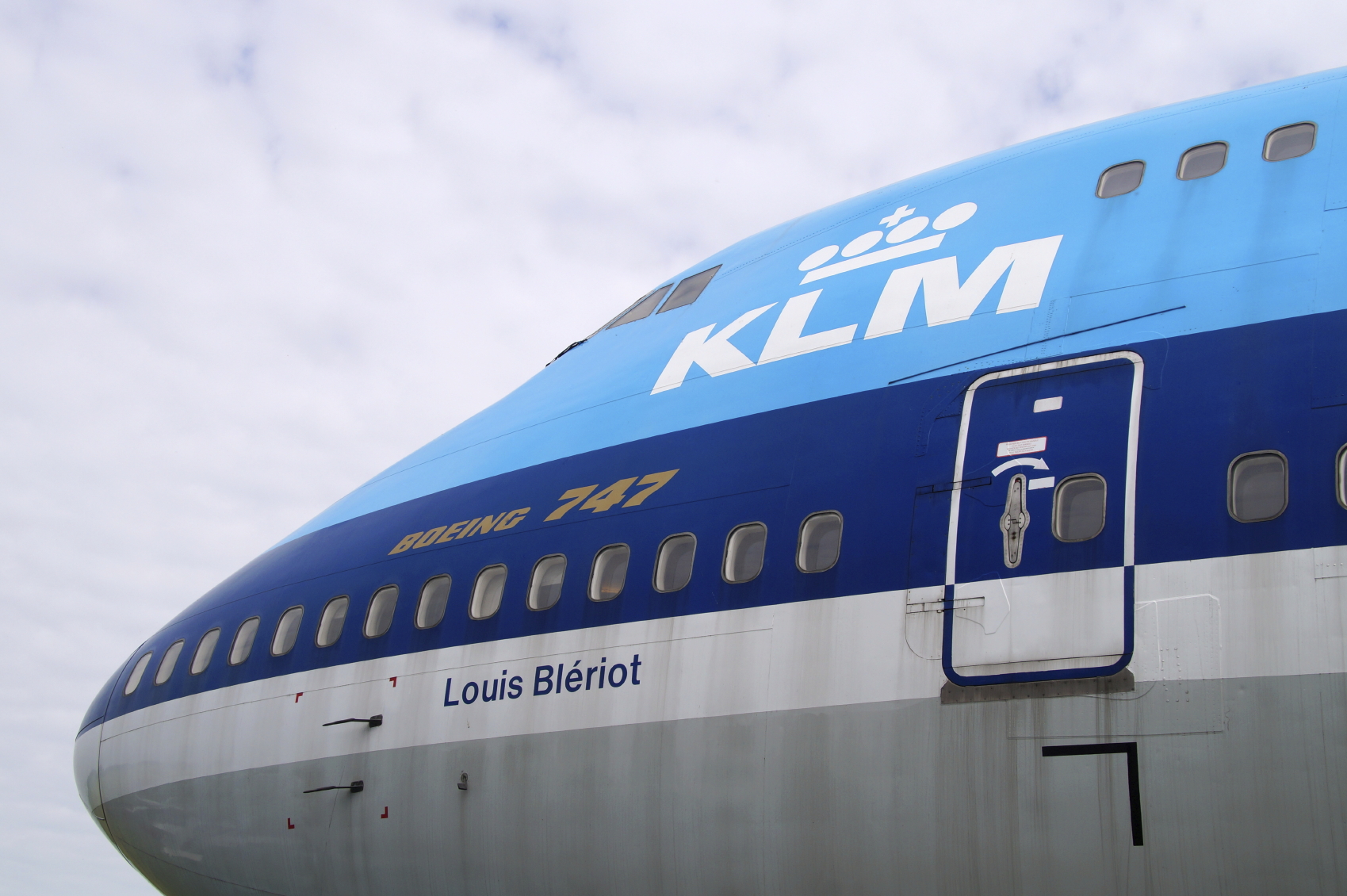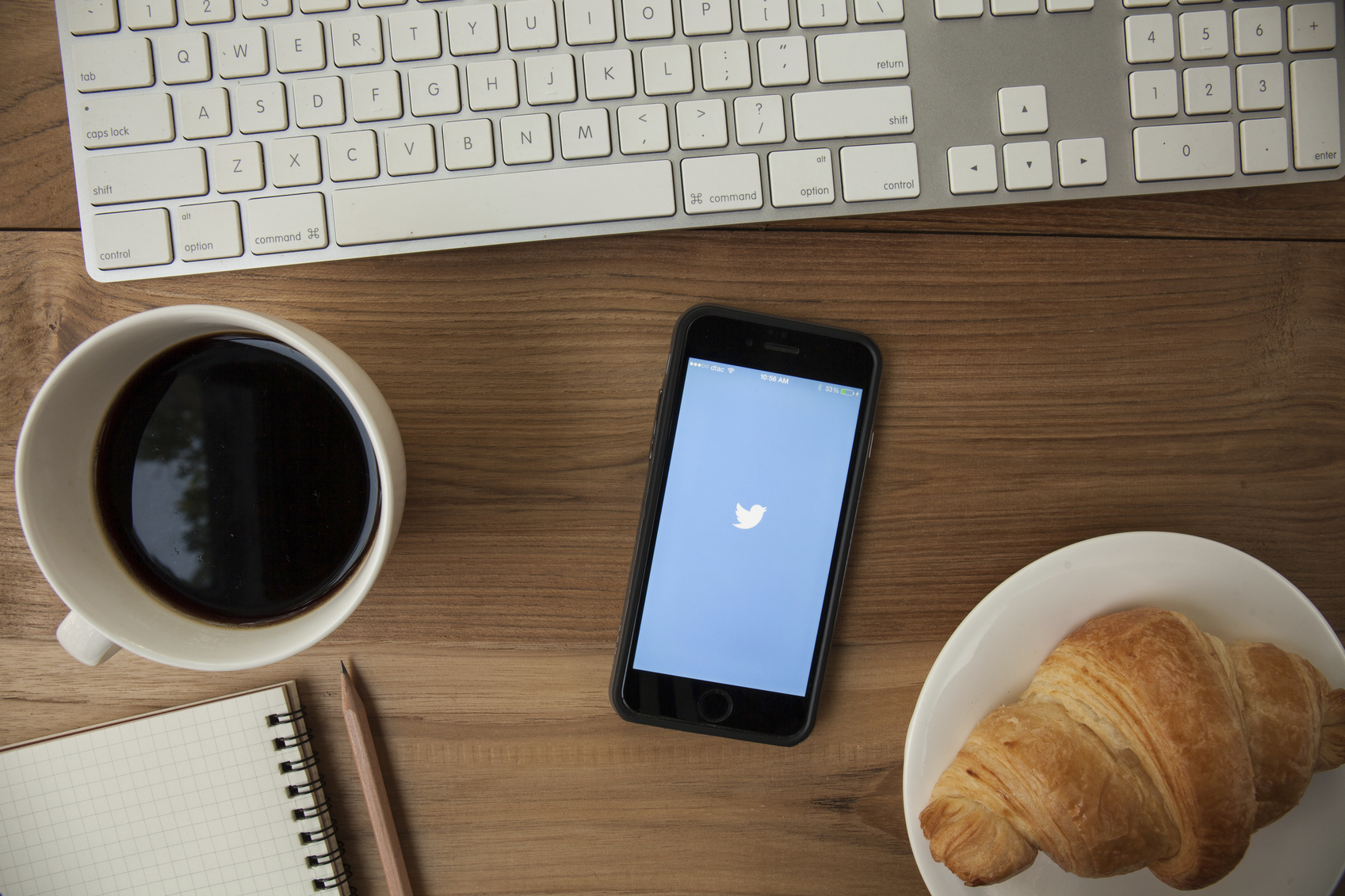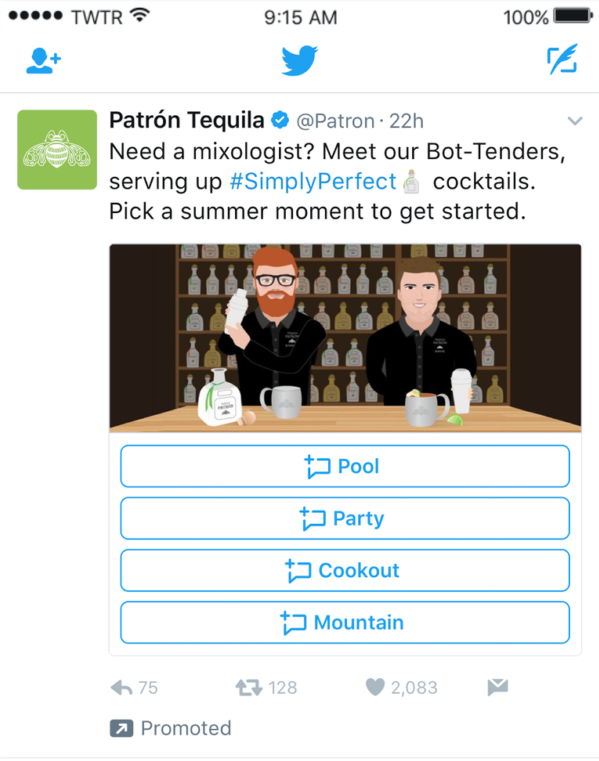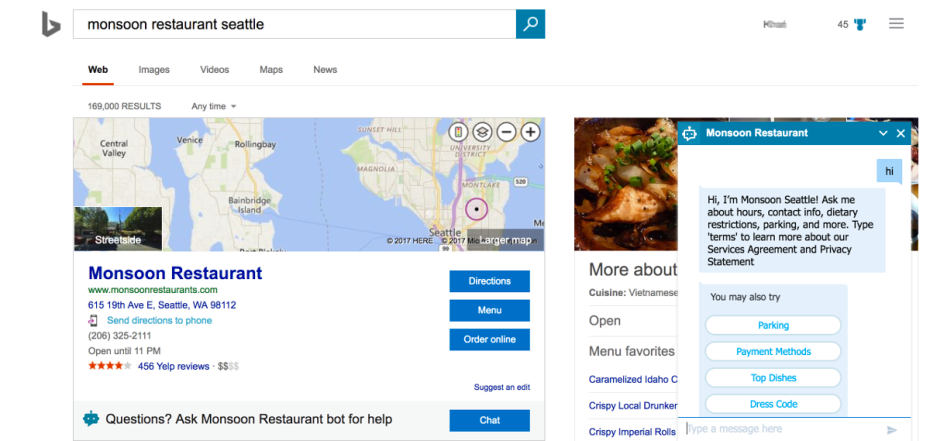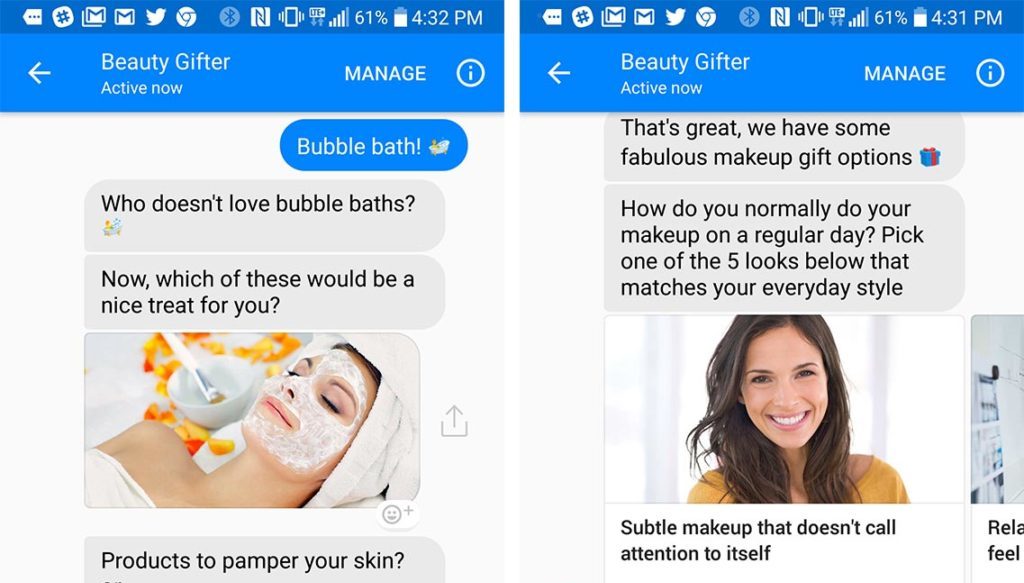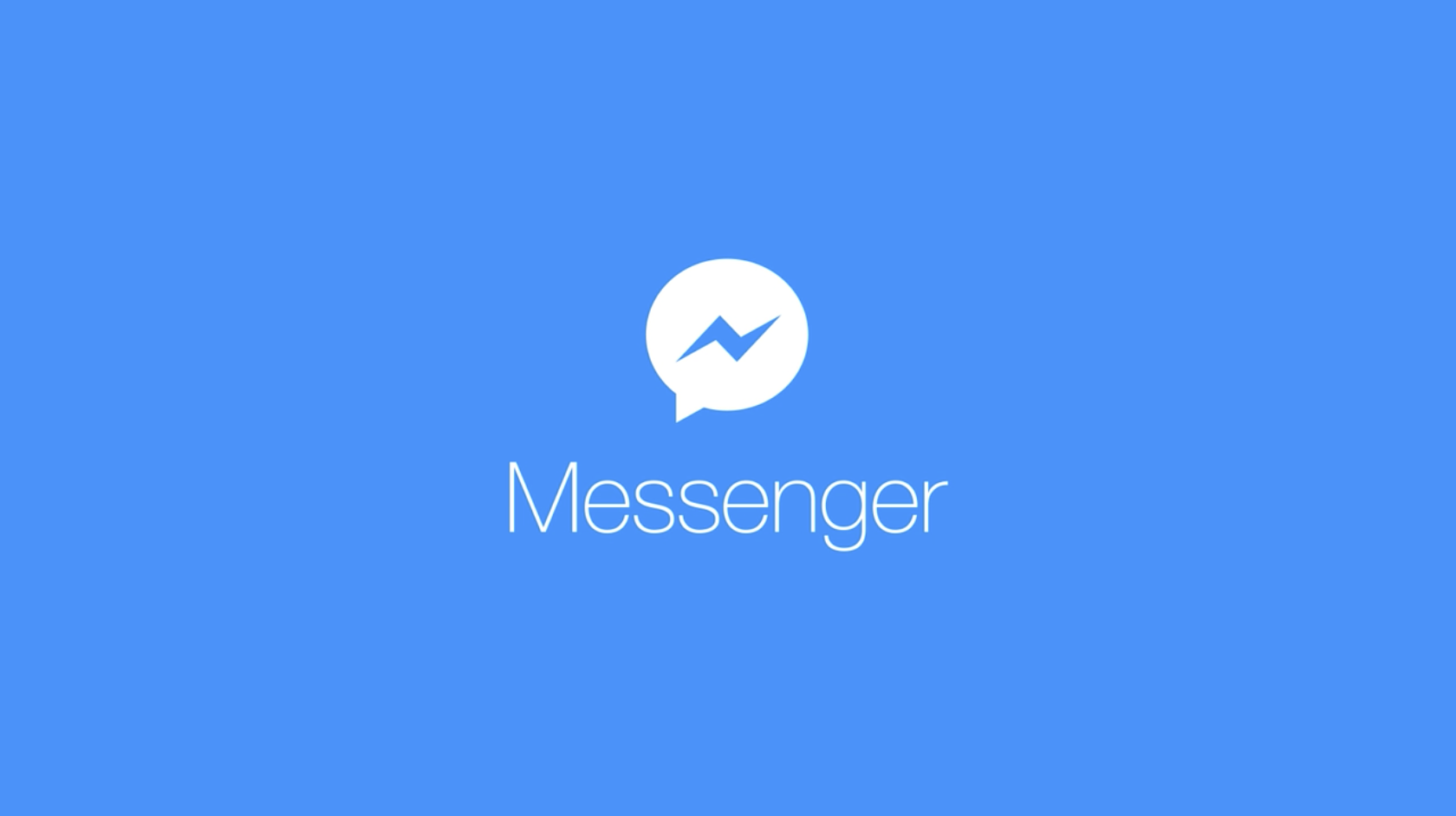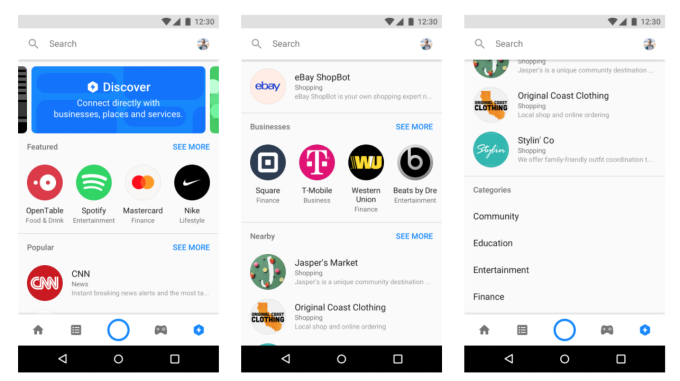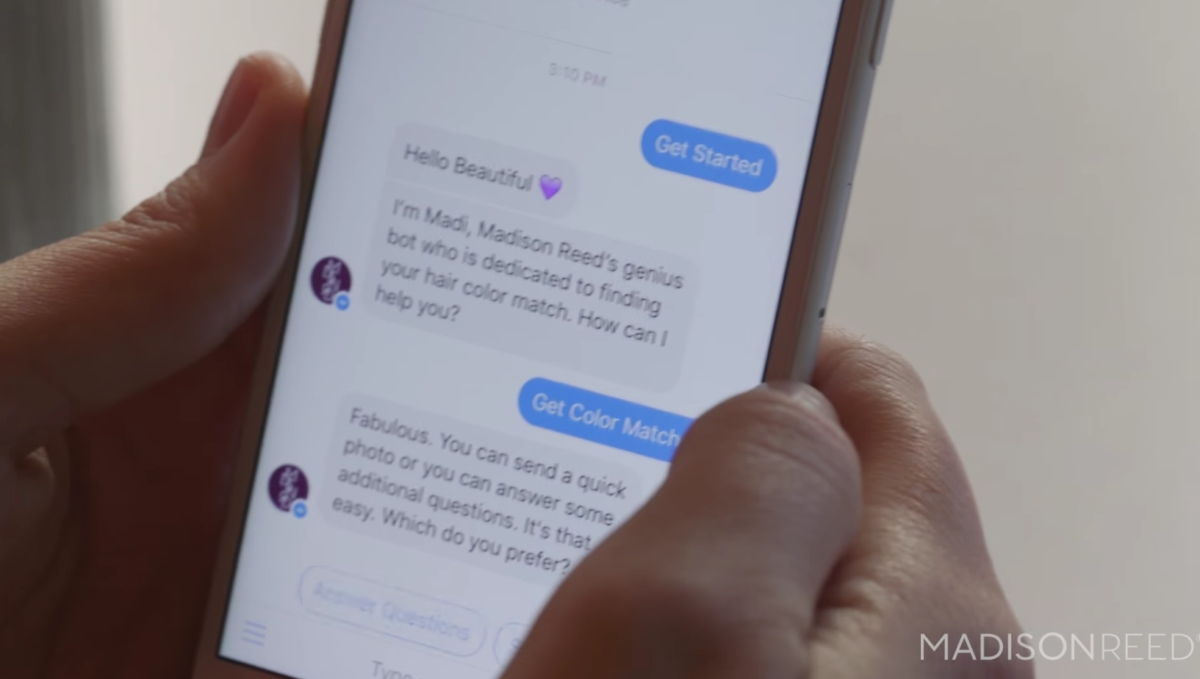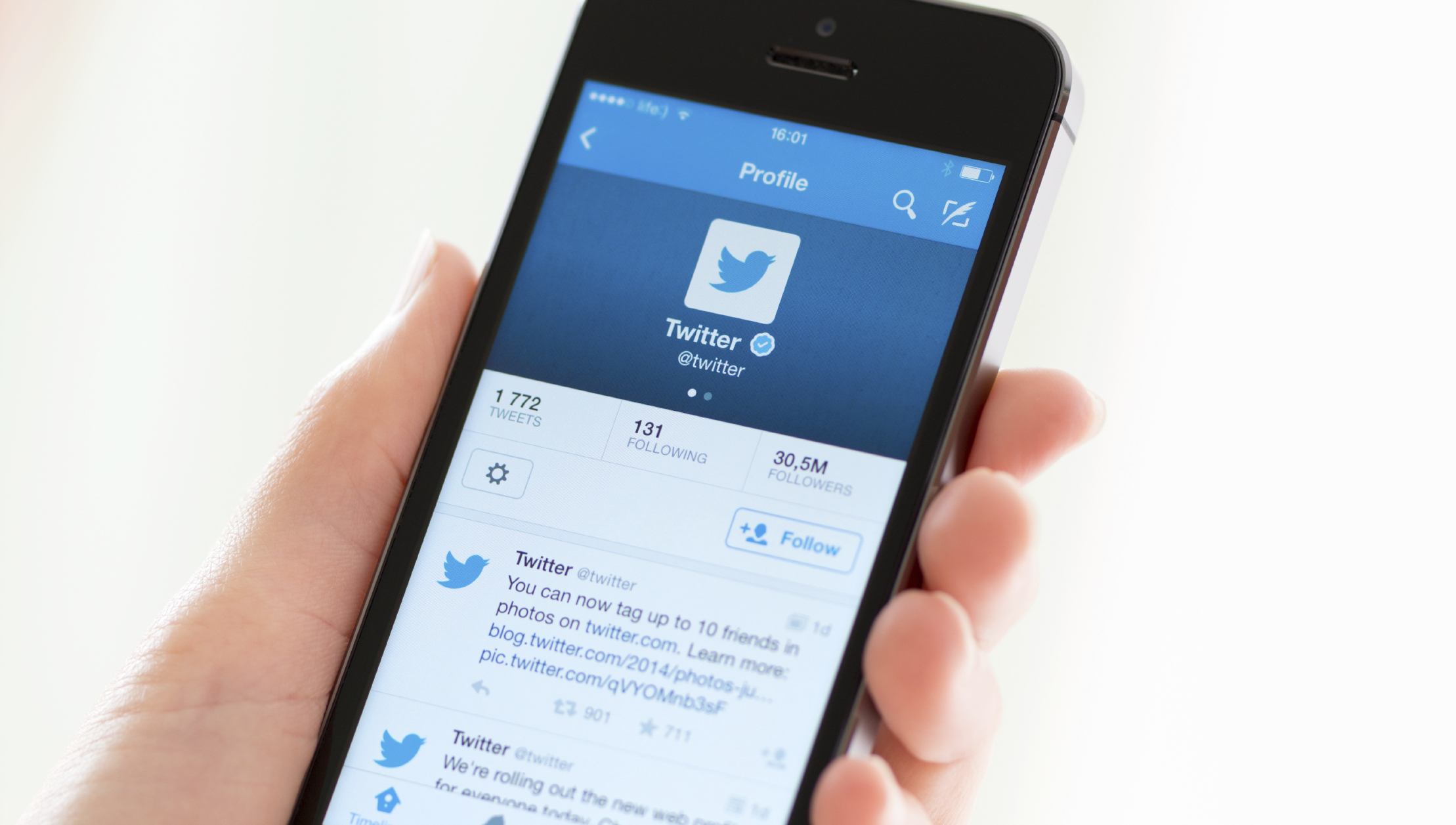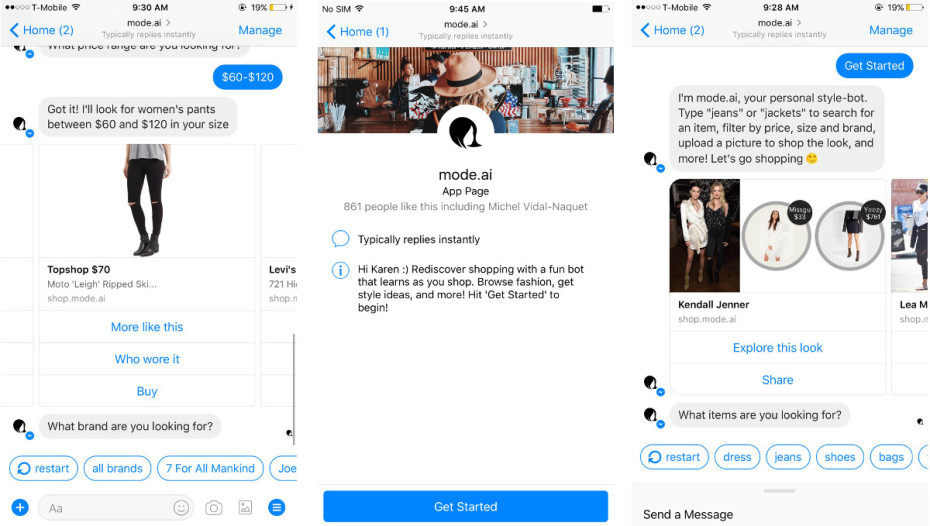What Happened
Dutch airline KLM was one of the first airlines to create a chatbot for Facebook Messenger, now the airline company has expanded its bot action to Twitter and WeChat as well. Rather impressively, the bots are fluent in 10 languages, helping KLM to better serve its international customers. They can provide booking confirmation, check-in notification, boarding passes, as well as flight status updates to any customers who checked in through KLM.com and elect to get their info through Twitter DM or WeChat.
What Brands Need To Do
This extended chatbot support underscores KLM’s commitment to using bots as a customer service tool to help streamline the flight check-in process. Messaging apps has become a channel for brands to effectively reach mobile customers, and bots can be a powerful and cost-effective tool for handling basic information requests, managing business bookings, and facilitating direct purchases. More brands should be coming up with a conversational strategy that includes not only how to use bots to improve their brand messaging and services but also how to properly promote the bots.
KLM is also smart to expand their chatbot support so as to better serve their international customer base. Different messaging apps enjoy varying regional popularity, as Facebook Messenger is most popular in the U.S. whereas WeChat dominates the Chinese market. Twitter DM is a good solution to cover the other global markets. For more in-depth analysis how brands can leverage global mega-channels and niche micro-channels to effectively reach key audiences across the world, check out the Global Culture section of our Outlook 2017.
Source: MarTech Today
